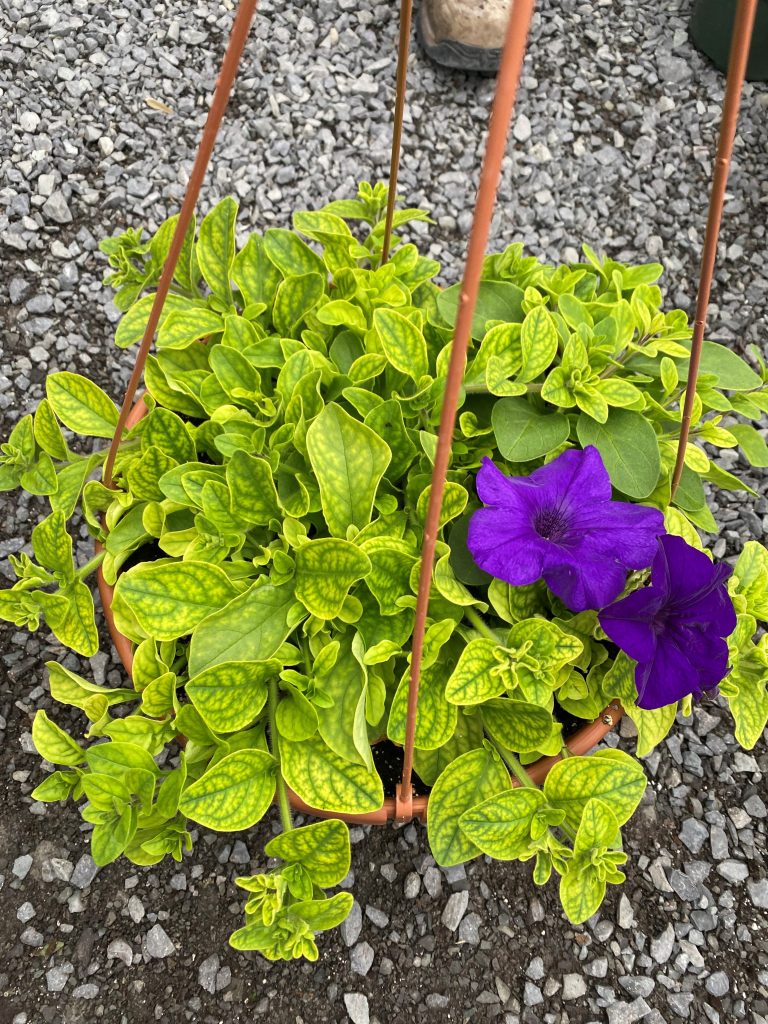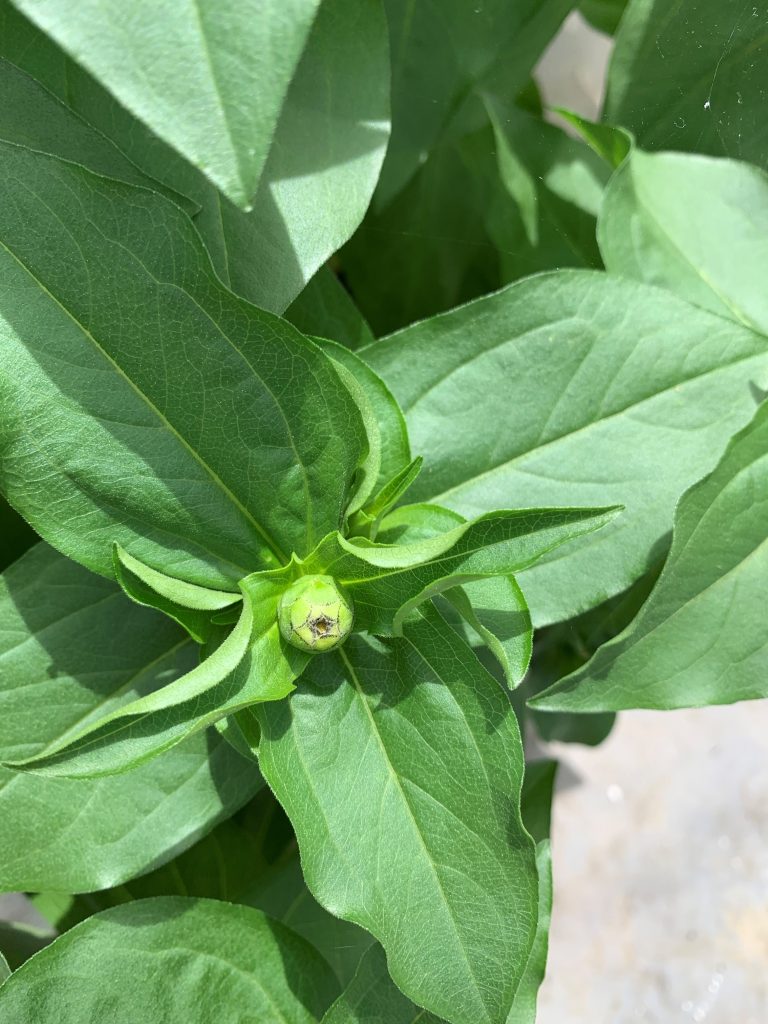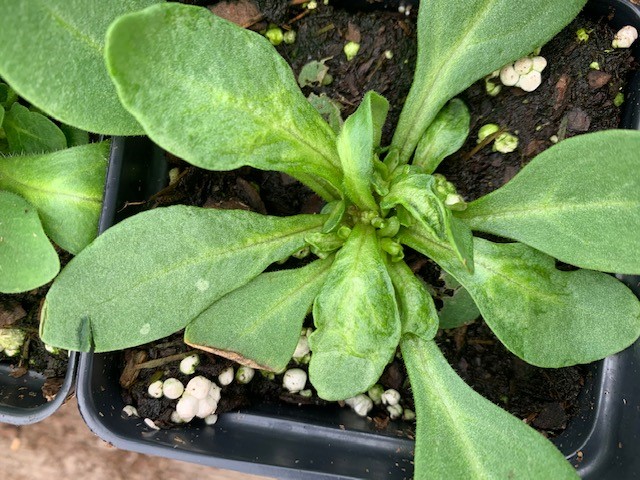With the onset of a new year, greenhouses begin propagating for the upcoming Spring season. Subsequently, propagation environments become a breeding ground for a myriad of disease and insect pests. Most notoriously, fungus gnats and shoreflies are omnipresent during this production period. These small, winged pests typically fly under the radar for most integrated pest management programs. However, they can quickly become more than just a visual nuisance. This article will outline some helpful tips in identifying these pests and provide cultural, chemical, and biological strategies for combatting them.
Iron
With the considerable range of crops we grow on the same irrigation system, pH swings are likely to occur. We know that some plants are less efficient in taking up iron and thus, these crops are more susceptible to an iron deficiency. Crops such as bacopa, basil, brachycome, calibrachoa, diascia, nemesia, pansy, petunia, scaevola, snapdragon, vinca and others require a lower substrate pH range (5.4-5.8) for maximum iron availability. Classic symptoms appear as interveinal chlorosis of the youngest foliage. The main veins will remain green while the rest of the leaf has turned yellow. If not corrected, symptoms will progress down the plant to older foliage and tips may become completely yellow. Tools available to treat iron deficiencies include lowering media pH or supplementing with chelated forms of iron. The preferred method to drop media pH is to inject technical grade sulfuric acid over several irrigations and then re-checking media pH. Highly acidic water-soluble fertilizers could be used for a short period of time, because they tend to be mostly ammonia or urea forms of nitrogen. Applications of chelated iron (e.g., Sprint 138 or 330) can be used to provide available iron over a wide media pH range . Shortly after applying Sprint, growers must rinse off the treated foliage to reduce potential phytotoxicity from iron sitting on the foliage too long. Contact GGSPro for information on rates and drench volumes.
Featured Products

Severe Iron Deficiency in Petunia
Calcium
Every plant needs calcium to grow as it is responsible for forming and strengthening cell walls. Calcium is an immobile element and can’t translocate from the older leaves to the younger leaves, leaving new leaves underdeveloped. Symptoms are curling and yellowing of newly expanded leaves with browning of leaf edges and tip burn. Roots can become short, thickened, and not well-developed. Deformed bulbs and developing fruits often display calcium deficiency. Several crops that commonly exhibit calcium deficiencies include ornamental cabbage and kale, tomato, poinsettia, primula, lilies, zinnia, and cyclamen. Any nutritional or environmental factor that inhibits the uptake of calcium into the plant, bract, or fruit increases damage. Calcium may be present in the soil but not translocate up from roots into the foliage. Note, do not assume that all fertilizers contain calcium. Tools we have to prevent and correct calcium deficiency include foliar sprays of calcium chloride dihydrate w/CapSil or implementing calcium containing fertilizer in our liquid feed such as 15-0-0 or 15-0-15. For foliar applied calcium, it is important to schedule these applications during morning or evening hours when air temperatures are not above 85oF. Calcium uptake is also improved when the foliar spray stays wet on the foliage for a longer period of time. Altering the production environment to improve transpiration by reducing humidity and increasing air movement is also beneficial for calcium uptake when practical. Contact GGSPro for information on rates.

Zinnia displaying calcium deficiency
Boron
Boron is important in cell wall development, and it is immobile like calcium. Once it has been taken up by the plant, it becomes fixed and does not relocate. With a lack of boron, the upper foliage can exhibit mottled chlorosis. The growing point can be deformed, and bud abortion occurs, appearing like crinkled, puckered, and malformed new growth. In some plants, a proliferation of shoots may be observed. Stems may be brittle, or a hollow core may develop, as with certain cruciferous vegetables. Be aware of environmental conditions during propagation, such as cool, humidity, and/or low-light conditions. These conditions reduce transpiration and will reduce boron uptake. Managing pH will help maintain available boron, it becomes less available as the pH rises. High calcium levels in media may also antagonize uptake. Most fertilizers do contain a small quantity of boron, while other products specifically contain no boron for instances where there is high boron in the grower’s starting water source. Verify the need for corrective actions, which include an application of Solu-Bor as a one-time full-volume drench. This should not be applied with fertilizer or acid injection. Twenty Mule Team Borax is an option for supplying boron as well. Contact GGSPro for information on rates.

Petunia displaying boron deficiency
Note: not all products are registered in all states. Some pesticides are restricted use in some states or regions and not others. It is the responsibility of the applicator to read and follow all label directions, remembering that labels may change. Other products may be safe and effective. Rates, application methods, and edible status are detailed in our GGSPro Insecticide & Fungicide Guides. Griffin also offers the 5th Edition GGSPro Technical Reference Guide in both English and now Spanish versions. This valuable resource outlines a wide range of pest control options and information on pollinator safety, BCA’s, scouting, weed management, plant lighting, nutrition, water quality, and more!
